Meat Dicers vs. Meat Grinders: Unpacking the Differences & Smart Pairing Strategies
Kitchen Confusion Cleared: Dicer or Grinder - What's Your Best Bet?
Ah, the bustling world of kitchen equipment! It's a fascinating landscape filled with tools designed to make our culinary lives easier, faster, and frankly, more delicious. But sometimes, the choices can feel a tad overwhelming. Take meat processing, for instance. You know you need something to break down larger cuts, but should you reach for a meat dicer or a meat grinder? They both work with meat, right? Well, yes, but their functions and the results they produce are fundamentally distinct. Understanding this difference is key to equipping your kitchen for optimal performance and achieving the exact textures your recipes demand. Let's clear up the confusion and explore these two kitchen powerhouses, helping you decide which machine (or perhaps both!) is the perfect fit for your needs.
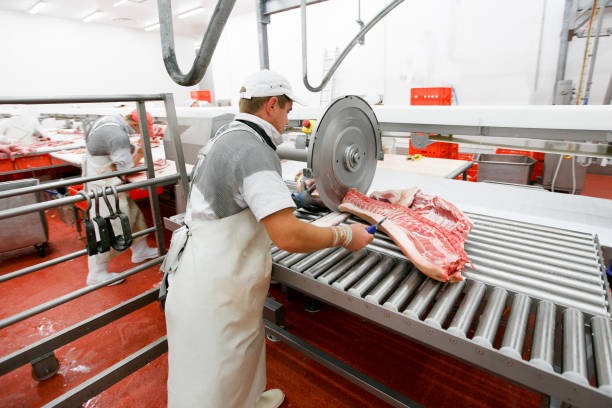
Meet the Meat Dicer: Your Partner for Perfect Cubes
Imagine perfectly uniform cubes of meat, ready for stews, kebabs, or adding textural dimension to sophisticated dishes. That, my friends, is the domain of the meat dicer. This specialized machine isn't about pulverizing; it's about precision cutting. Think of it as the meticulous sculptor of the meat prep world, delivering consistent shapes with remarkable efficiency. It’s designed for tasks where maintaining the integrity and defined shape of the meat pieces is paramount.
How Does a Meat Dicer Work Its Magic? (The Precision Cut Explained)
The operational principle behind a meat dicer is elegantly straightforward yet mechanically sophisticated. Typically, meat is fed into the machine where it encounters a series of precisely engineered blade sets. The initial set might make longitudinal cuts, creating slabs. These slabs then proceed to encounter a second set of blades, often circular or cross-cutting, which intersect the initial cuts to produce uniform strips. Finally, a third cutting action, usually a dicing grid or guillotine-style blade, transects these strips into neat, consistent cubes or dice. The process is a sequence of clean, sharp cuts, fundamentally different from the action of a grinder. This methodical slicing ensures minimal cell damage and maintains the meat's inherent structure.
The Output: Uniform Dice, Strips, and Slices Galore!
The true beauty of a meat dicer lies in its output. The primary result is consistently sized cubes, but the versatility doesn't stop there. By adjusting or changing the blade configurations, many dicers can also produce uniform strips (julienne) or even specific slice thicknesses. This adaptability makes them invaluable for creating ingredients that not only cook evenly but also present beautifully, offering a professional aesthetic to everything from hearty casseroles to delicate appetizers. You get predictability and geometric perfection, every single time.
Why You'll Love a Meat Dicer (The Upsides)
The advantages of incorporating a meat dicer into your workflow are compelling. Firstly, consistency is king. Uniform pieces ensure even cooking and a predictable texture throughout your dish. Secondly, presentation gets a major upgrade; neat cubes simply look more appealing. Thirdly, efficiency skyrockets, especially compared to laborious manual dicing – processing large volumes becomes significantly faster. Lastly, by minimizing handling and standardizing cuts, dicers can contribute to better portion control and potentially reduced waste. It’s about achieving precision at scale.
Potential Hurdles: What to Consider with a Dicer
While wonderful, meat dicers aren't without their considerations. They represent a significant investment compared to many basic grinders. Their specialized function means they excel at dicing, slicing, and stripping, but they cannot produce minced or ground textures. Furthermore, cleaning can be more intricate due to the multiple blade sets and complex cutting chamber, requiring diligent sanitation protocols. Finally, the quality of the output depends on the input; meat must typically be well-chilled or partially frozen for the cleanest cuts, adding a preparatory step.
Introducing the Mighty Meat Grinder: Master of Mince
Now, let's shift gears to the ubiquitous meat grinder. If the dicer is the sculptor, the grinder is the powerful transformer, adept at converting chunks of meat into soft, pliable mince. This is your go-to machine for creating the foundation of countless beloved dishes – think burgers, meatballs, meatloaf, sausage fillings, and rich bolognese sauces. Its primary function is comminution – reducing the size of meat particles through a forceful extrusion process.
The Grinding Process: From Chunks to Luscious Mince
A meat grinder operates on a principle of force and extrusion. Meat chunks are fed into a hopper and propelled by an auger (a screw-like mechanism) towards a rotating cutting knife. This knife shears the meat against a perforated plate (the grinding plate). The size of the holes in this plate dictates the final texture of the mince. The meat is effectively forced through these holes, resulting in the characteristic ground texture. It’s less of a clean cut and more of a combination of cutting, shearing, and extrusion.
The Result: Fine, Medium, or Coarse - You Decide!
One of the grinder's key strengths is its ability to produce various textures simply by changing the grinding plate. Want a fine mince for delicate terrines or emulsified sausages? Use a plate with small holes. Need a coarser grind for hearty chili or rustic burgers? Swap in a plate with larger apertures. This adaptability allows you to tailor the texture precisely to your recipe's requirements, offering a spectrum of possibilities from a single machine.
Grinder Glorification: The Advantages Unveiled
Meat grinders boast several attractive benefits. They are generally more affordable than dicers, making them accessible to a wider range of kitchens. Their versatility in texture (fine, medium, coarse) is a major plus. Grinding your own meat ensures freshness and control over fat content, leading to superior flavor and quality compared to pre-packaged mince. Many grinders also come with attachments for sausage stuffing or even pasta making, further expanding their utility. They are the undisputed champions for recipes requiring a soft, homogenous meat base.
Grinder Gotchas: Things to Keep in Mind
However, grinders have their limitations too. They cannot produce defined shapes like cubes or strips – the output is always minced. The grinding process generates friction and heat, which, if not managed (by chilling the meat and equipment), can negatively impact the meat's texture and fat rendering, sometimes leading to a "smearing" effect. Like dicers, thorough cleaning is essential to prevent bacterial growth, particularly around the auger, knife, and plates.
Dicer vs. Grinder: The Ultimate Showdown!
So, we've met the contenders. Both are invaluable in their own right, but how do they stack up head-to-head? Understanding their core differences is crucial for making informed decisions about your kitchen arsenal.
Cutting vs. Crushing: Understanding the Core Functional Difference
This is the paradigmatic distinction. A dicer employs sharp blades to make clean, precise cuts, preserving the meat's structural integrity within each resulting piece. A grinder uses force, shearing, and extrusion, pushing meat through a plate, fundamentally altering its structure into a minced form. One slices, the other comminutes.
Texture Talk: Defined Shapes vs. Soft Mince - A World Apart!
The functional difference directly dictates the textural outcome. A dicer yields distinct, separate pieces with a firm bite (cubes, strips, slices). A grinder produces a soft, homogenous mass where individual fibers are broken down, ideal for binding together in patties, meatballs, or sauces. The textural applications are entirely different worlds.
Ideal Applications: Where Each Machine Truly Shines
Meat Dicer: Perfect for stews, soups, kebabs, stir-fries, adding diced meat to salads or pasta dishes, fruit dicing (in some models), and any application requiring uniform, solid pieces.
Meat Grinder: Essential for burgers, meatballs, meatloaf, sausage fillings, pâtés, terrines, chili con carne, bolognese sauce, and anywhere a soft, minced texture is desired.
Key Differences at a Glance: Your Quick Cheat Sheet
| Feature | Meat Dicer | Meat Grinder |
| Action | Precision Cutting | Grinding/Extrusion |
| Output | Uniform Cubes, Strips, Slices | Minced Meat (Fine to Coarse) |
| Texture | Firm, Defined Pieces | Soft, Homogenous Mass |
| Primary Use | Stews, Kebabs, Uniform Pieces | Burgers, Sausages, Mince Needs |
| Shape Control | High | Low (Texture Control Instead) |
Better Together? Why Pairing a Dicer and Grinder Makes Perfect Sense
While you might lean towards one machine based on your primary needs, consider this: what if the ultimate solution involves both? For many professional kitchens and ambitious home cooks, the synergistic potential of having both a dicer and a grinder unlocks a whole new level of culinary creativity and efficiency.
Unlock New Culinary Possibilities: The Power of the Dynamic Duo
Imagine crafting artisanal sausages that incorporate perfectly uniform cubes of fat or complementary meats within the finely ground base. Picture creating terrines with distinct layers of diced and minced textures. Having both machines allows for this kind of sophisticated interplay, enabling textures and presentations simply unattainable with just one device. It’s about expanding your culinary palette through textural juxtaposition.
Recipe Scenarios: When Two Machines Are Better Than One (Think Perfect Sausages & Textured Patties!)
Gourmet Burgers: Grind your primary meat blend, but dice very cold fatback or bacon to fold in for distinct pockets of richness upon cooking.
Artisanal Sausages: Use the grinder for your main meat filling, but incorporate diced complementary ingredients like cheese, dried fruits, or even firm vegetables for textural variance.
Complex Terrines & Pâtés: Layer finely ground mixtures with sections of neatly diced ingredients for visual appeal and contrasting mouthfeel.
High-End Stews: Brown perfectly diced meat (from the dicer) for superior texture, while perhaps using a small amount of ground meat (from the grinder) to enrich the sauce base.
Streamlining Your Workflow: Integrating Both Machines Seamlessly
In a high-volume setting, having both machines dedicated to their specific tasks can dramatically improve workflow. Instead of compromising texture or manually dicing after grinding (or vice versa), each machine efficiently handles its designated role. This parallel processing capability saves time and labor, ensuring ingredients are prepped perfectly for their intended use without bottlenecks.
Making the Right Choice: Dicer, Grinder, or Both for Your Kitchen?
The decision ultimately hinges on your specific culinary focus, volume requirements, and desired end products. Let's help you navigate this choice.
Match the Machine to Your Mission: Key Selection Factors to Ponder
Consider these questions:
What types of dishes do you prepare most frequently?
Is achieving uniform shapes (cubes/strips) a priority?
Is producing minced meat for burgers, sausages, etc., your primary need?
What is your budget?
How much volume do you need to process?
Are you interested in exploring complex textures and recipes requiring both forms?
Go Dicer if You Crave...
Choose a dicer if your menu heavily features stews, pot pies, kebabs, professional-looking stir-fries, or any dish where consistently shaped meat pieces are essential for cooking performance and visual appeal. If precision cuts are non-negotiable, the dicer is your champion.
Grab the Grinder When You Need...
Opt for a grinder if your core needs revolve around making burgers, meatballs, meatloaf, sausage fillings, or rich meat sauces. If controlling the fat content and freshness of your mince is key, and defined shapes aren't a requirement, the grinder is indispensable.
Invest in Both When Your Goal Is...
Consider investing in both machines if you operate a versatile kitchen demanding both perfect mince and precise cubes. If you aim for culinary innovation, complex textures, maximum efficiency in diverse meat prep, or want to produce high-quality artisanal products like specialized sausages or layered pâtés, the dynamic duo is the ultimate solution.
Dicer or Grinder? Choosing Your Champion (or Champions!) for Peak Performance
There's no single "better" machine – only the right machine (or machines!) for your specific application. The meat dicer offers unparalleled precision for uniform shapes, elevating dishes where texture and presentation are key. The meat grinder provides essential versatility for creating the perfect mince, the foundation of countless comfort food classics and processed meat products. By understanding their unique strengths and how they differ, you can make an informed choice.
Ready to Elevate Your Meat Prep? Let's Find Your Perfect Equipment Match!
Whether you've identified the need for a precision dicer, a robust grinder, or recognized the powerful potential of pairing both, taking the next step involves selecting the specific model that aligns with your volume, budget, and feature requirements. Explore the options, consider your menu, and get ready to transform your meat preparation process, unlocking new levels of efficiency and culinary excellence!
Must-Read Blogs For Chain Restaurants Owner

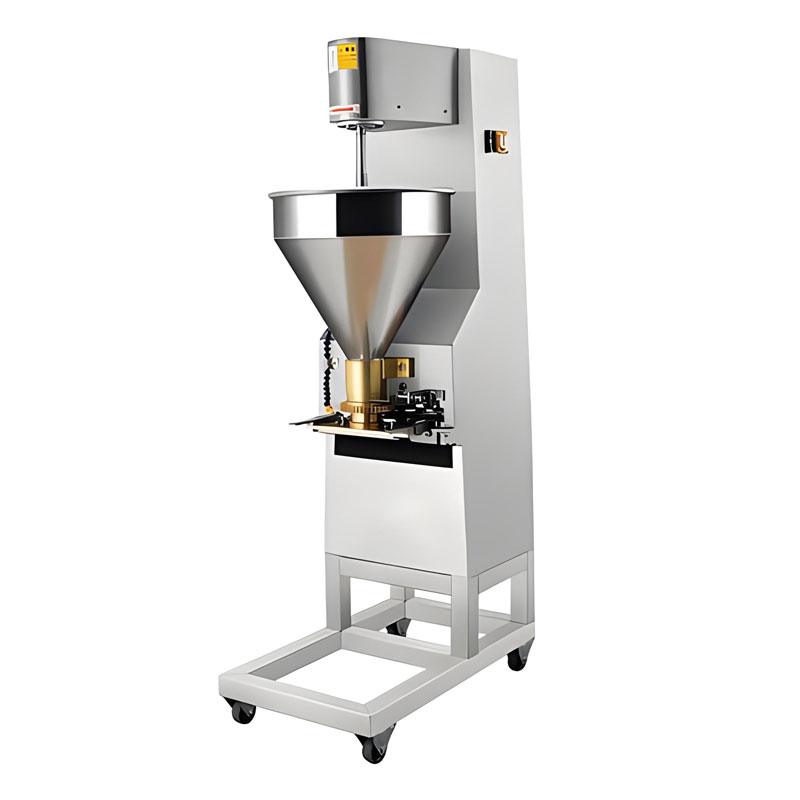
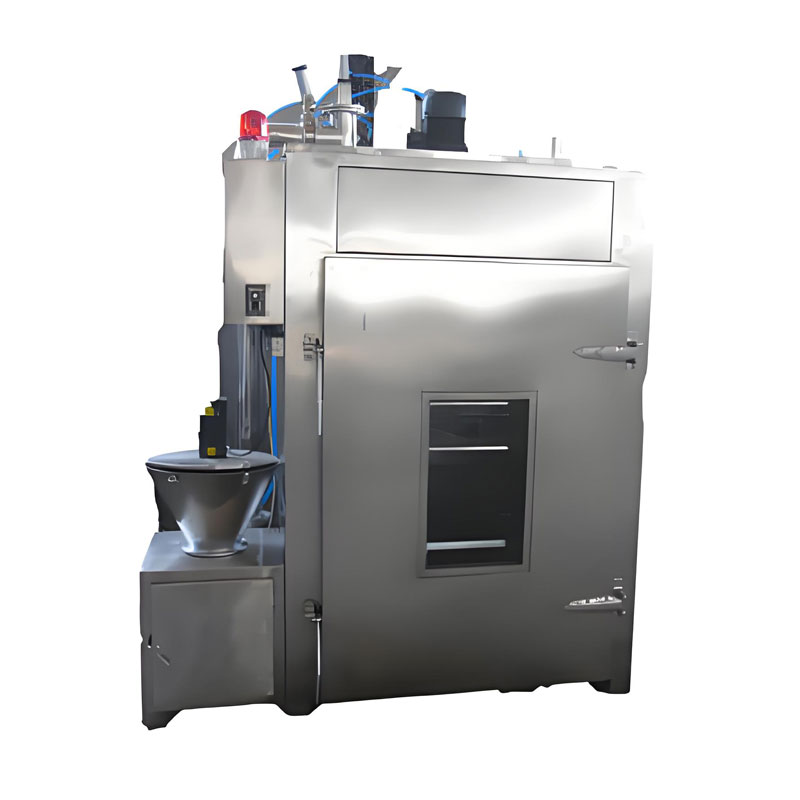
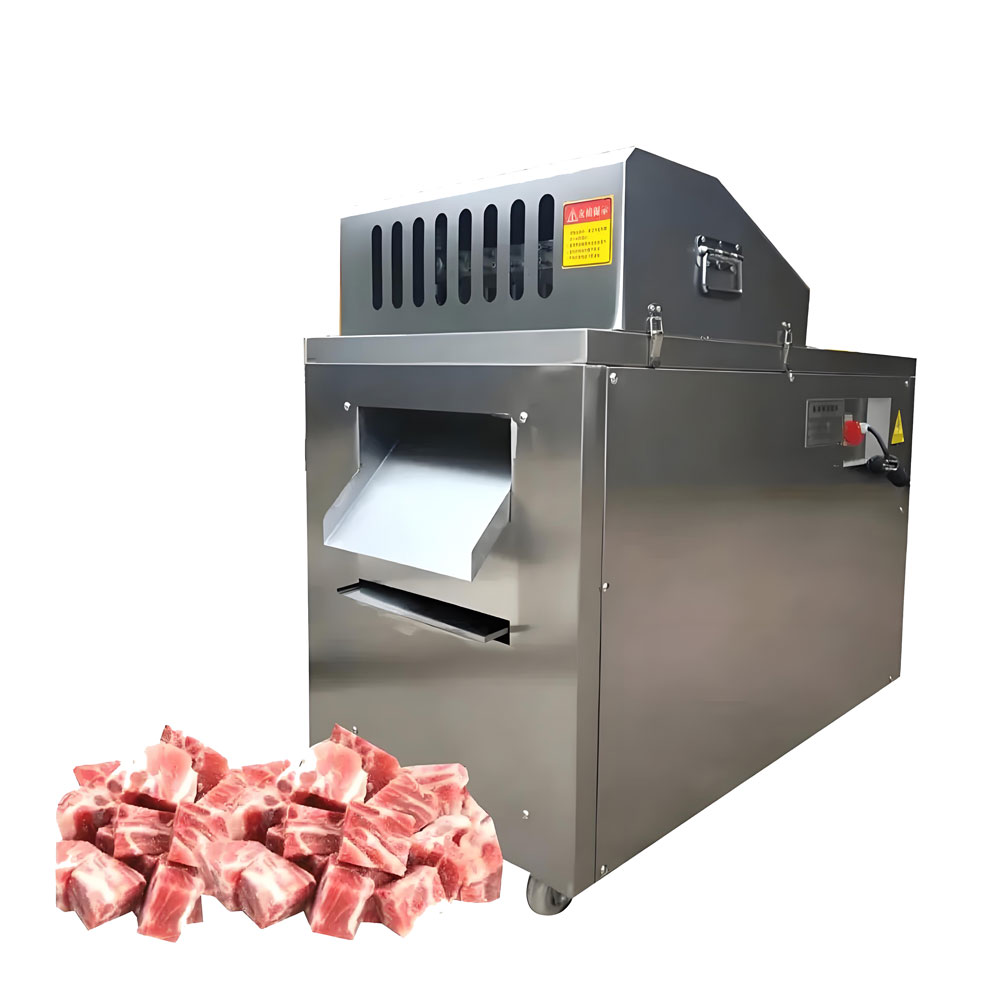
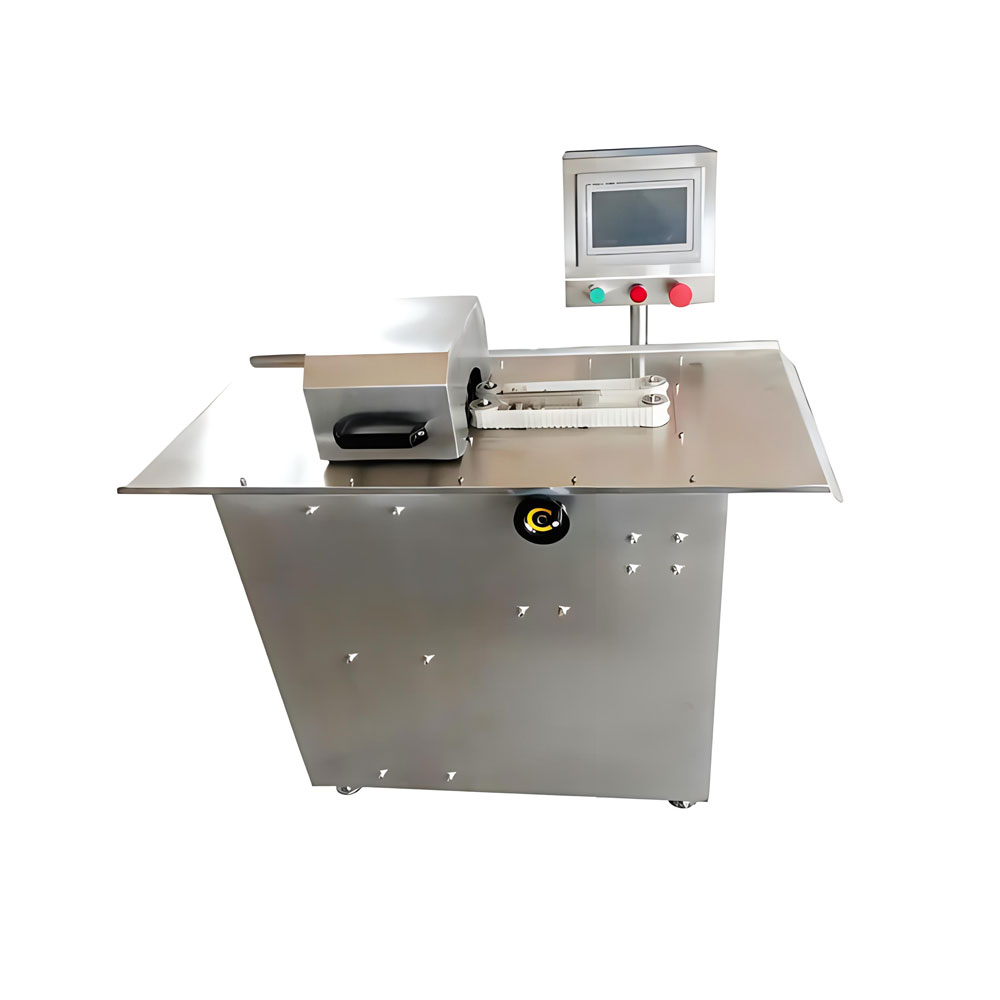
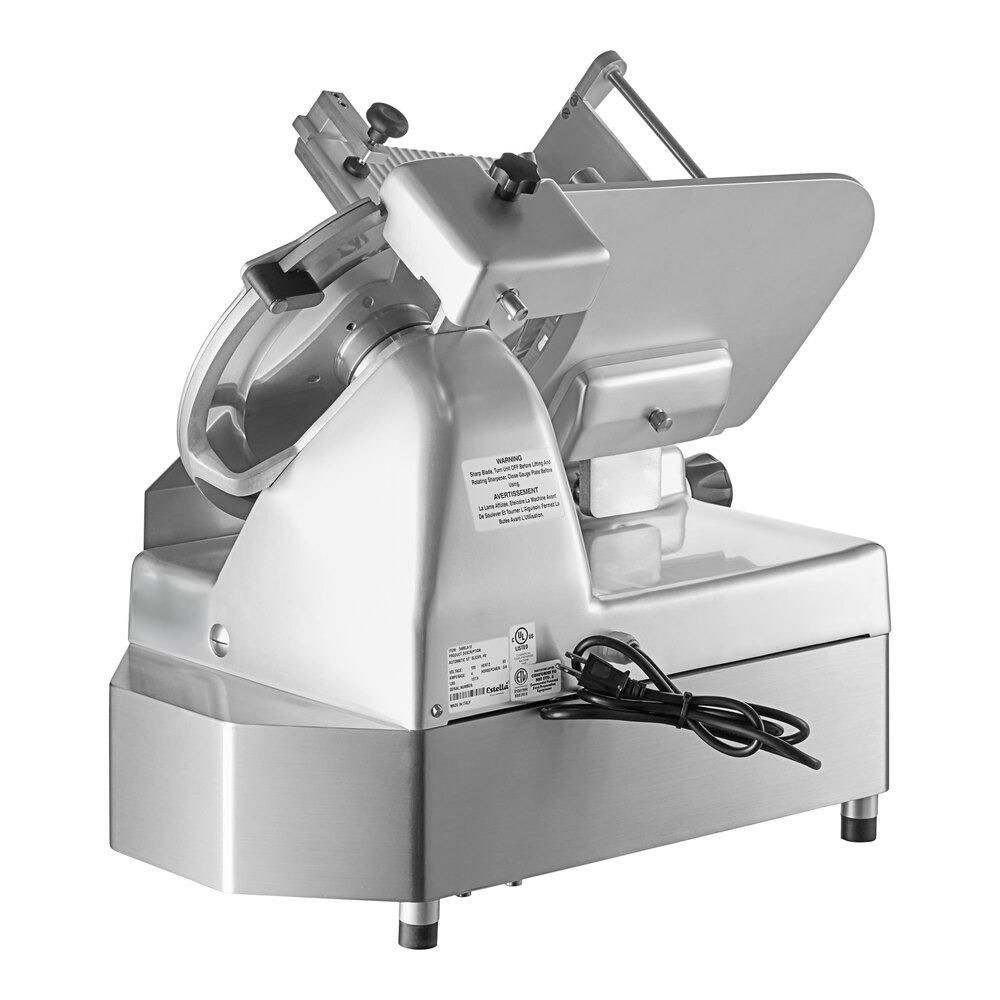
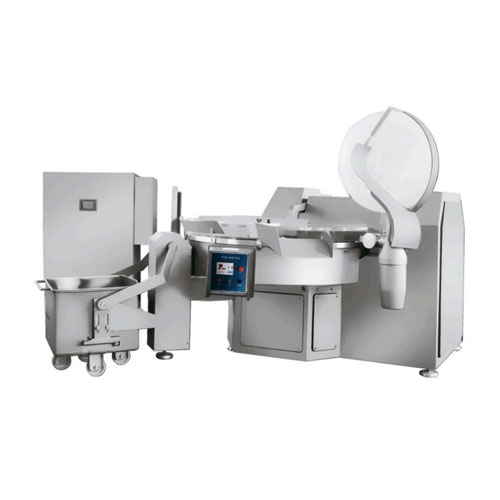
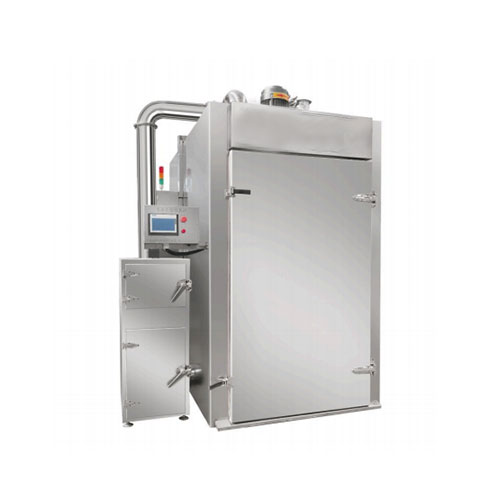
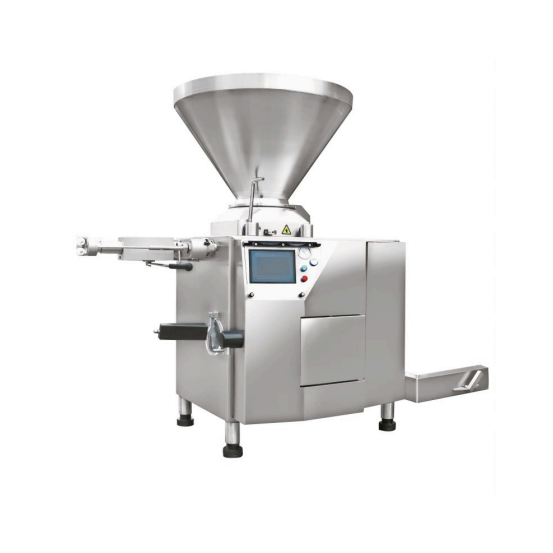
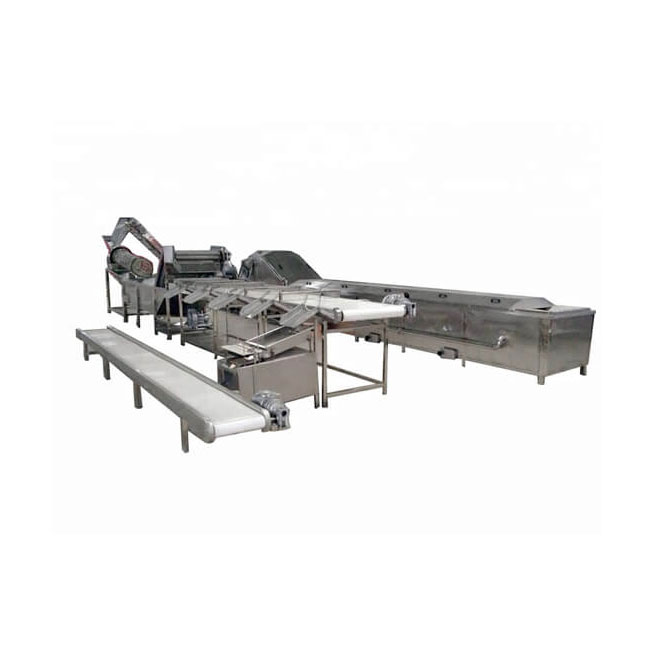
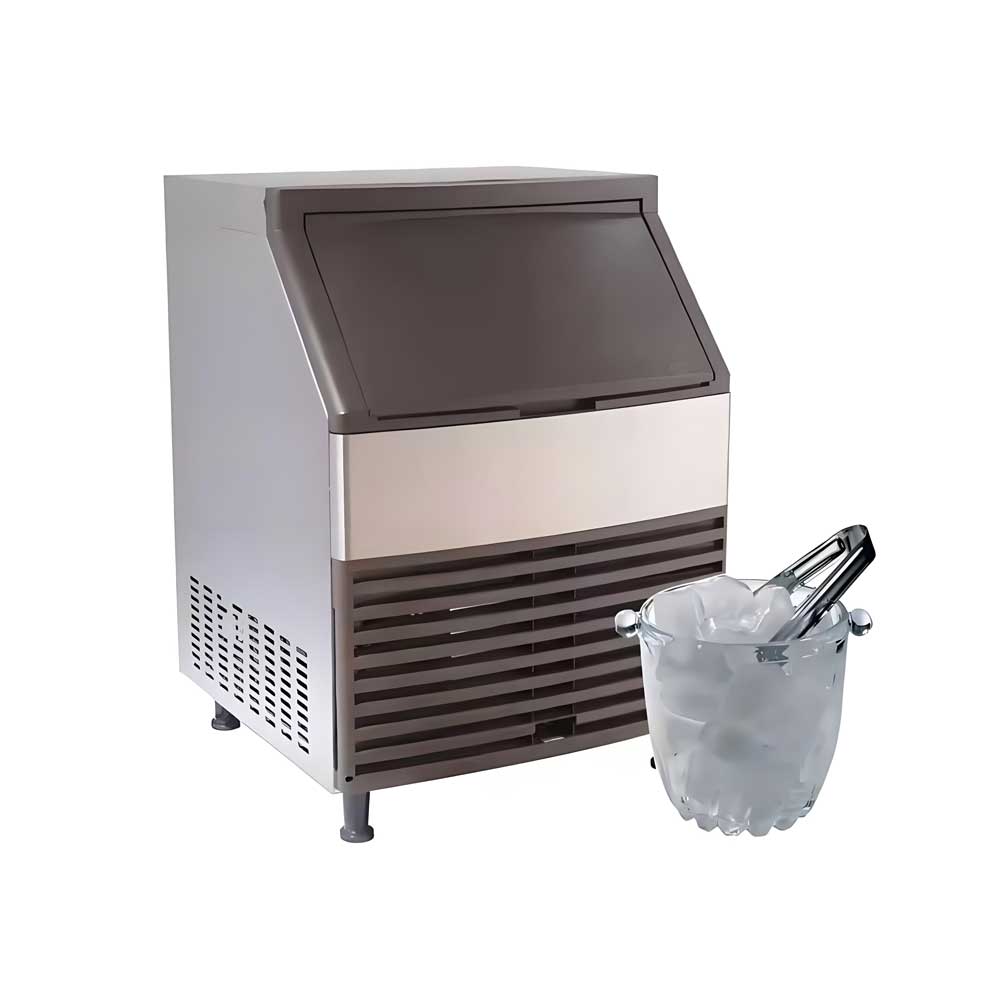
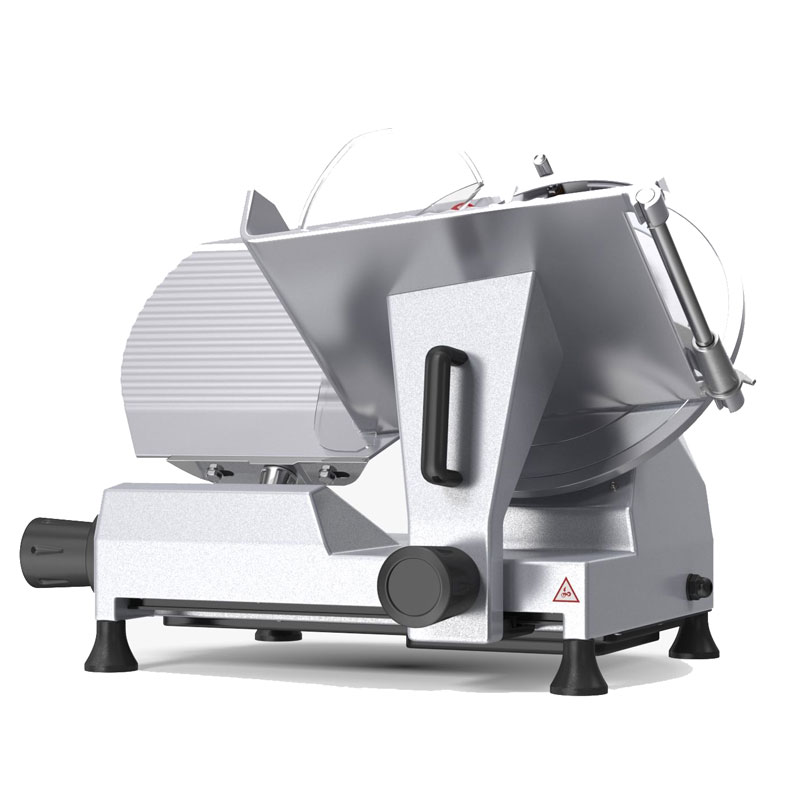 Heavy Duty Meat Slicer Machine
Heavy Duty Meat Slicer Machine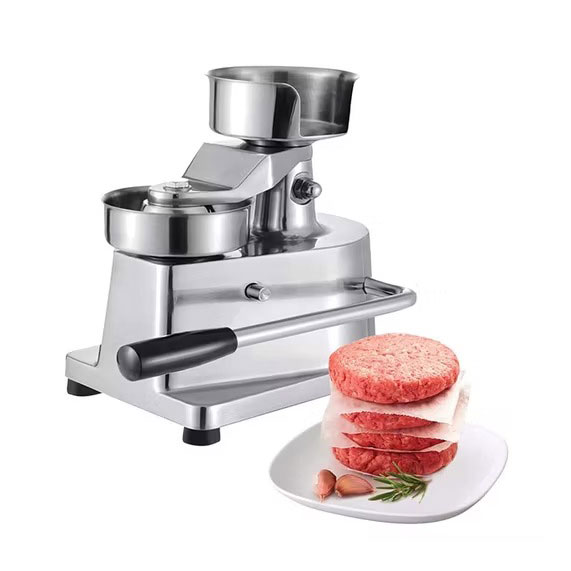 Meat Pie Maker Machine
Meat Pie Maker Machine
Ready to Get Started?